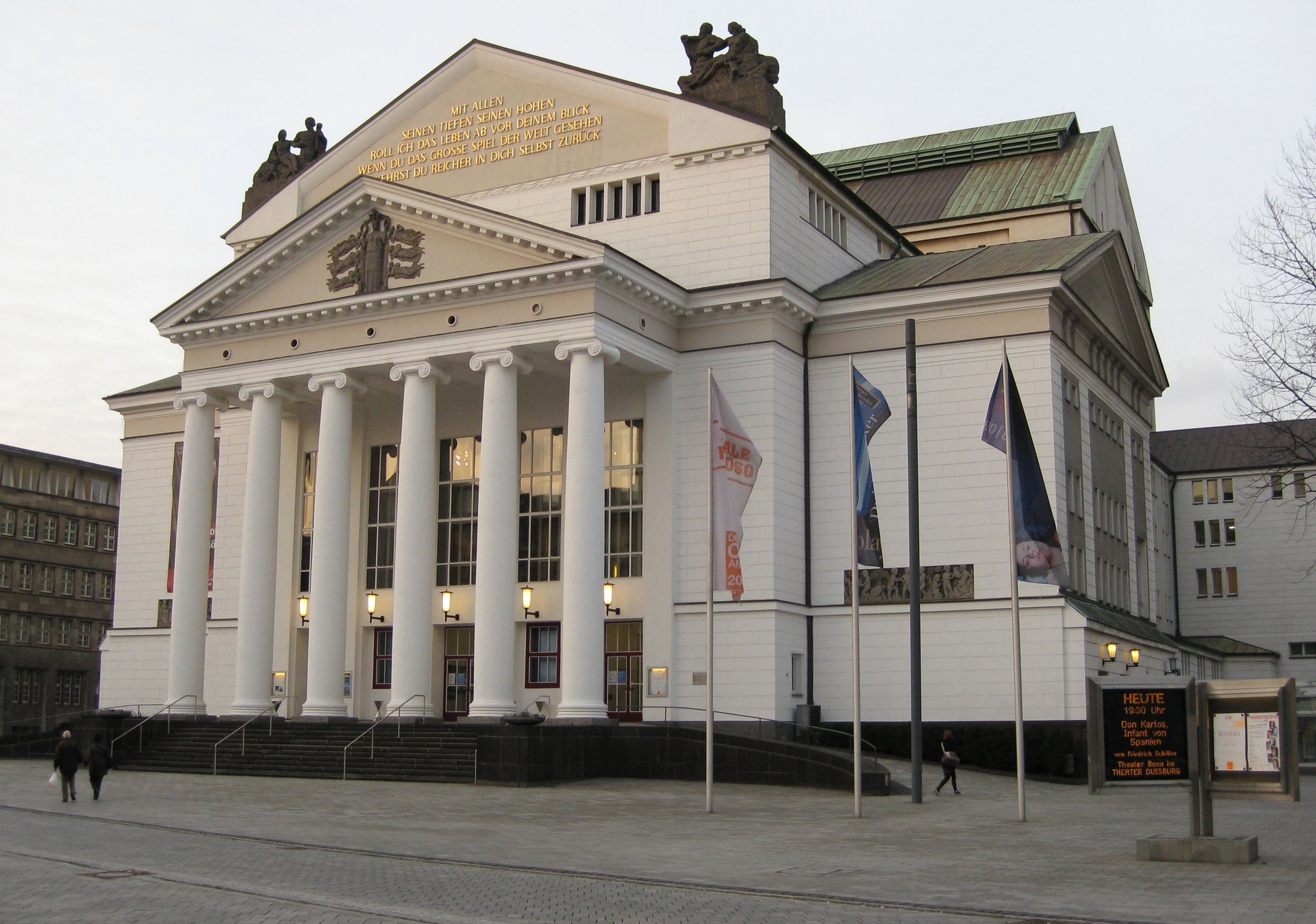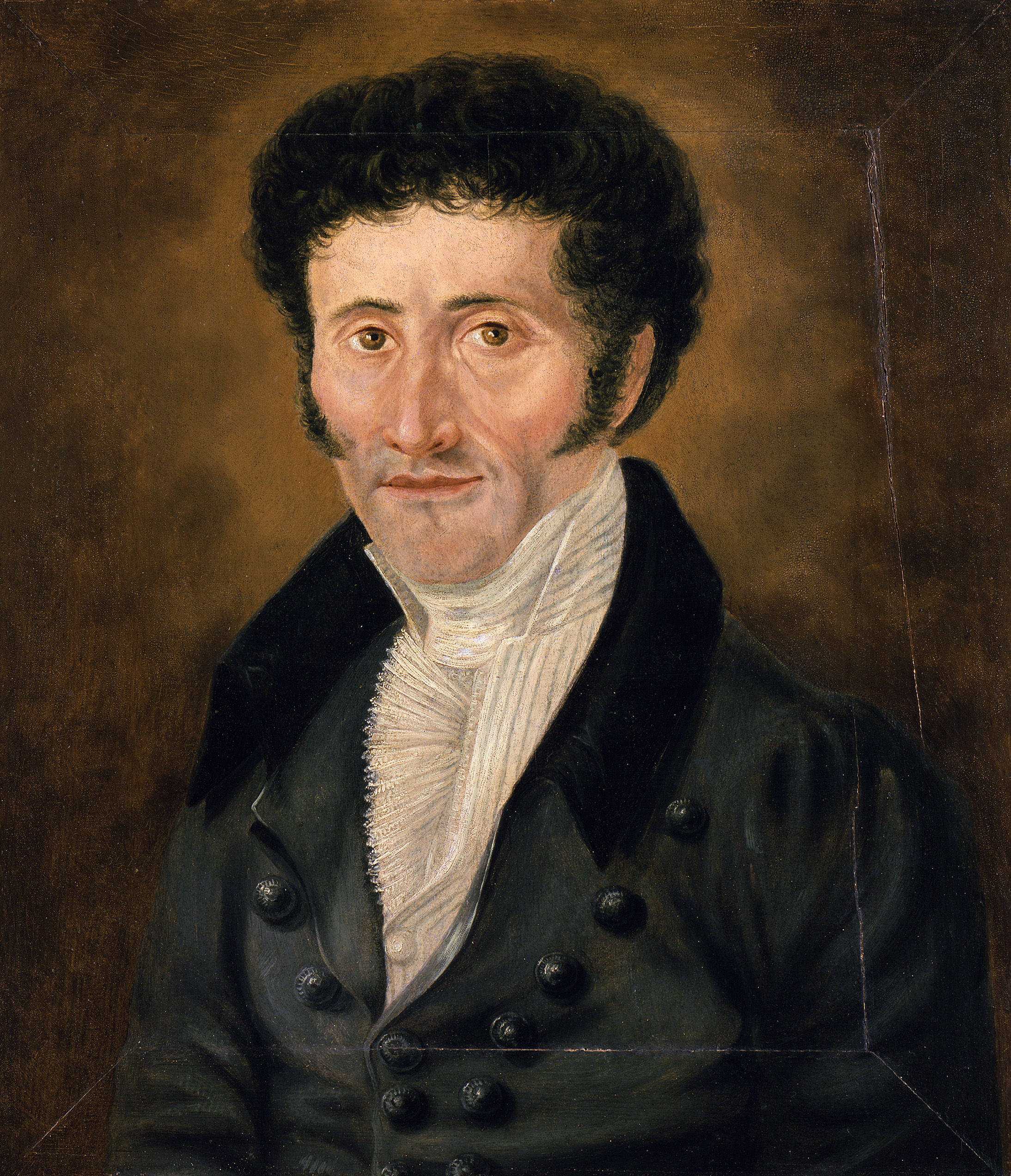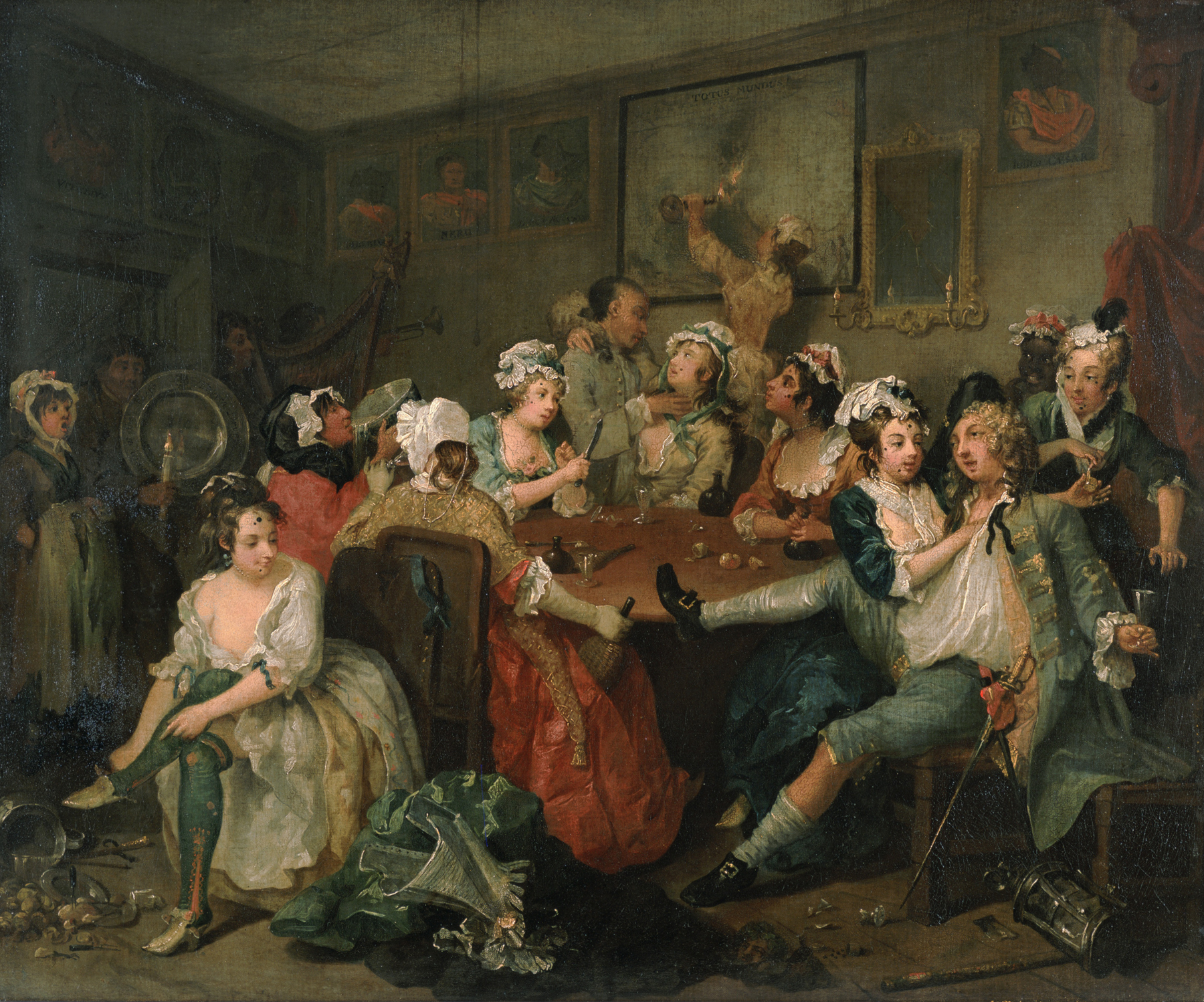|
Ana María González (Spanish Singer)
Ana María González (born 13 April 1951) is a Spanish lyric soprano trained in Argentina, known for performing at the Teatro Colón from 1973 to 1994. Although associated with the Italian lyric repertoire, she also excelled in lyric soprano roles of the French repertoire such as Manon, Marguerite, and Juliette, which brought her international fame. Biography Ana María González was two years old when she emigrated with her family to Mendoza, Argentina, where she began studying piano and singing with Franca Cavalieri, debuting on Radio Libertador de Mendoza at an early age. At age 17 she settled in Buenos Aires, where she perfected her skills at the Teatro Colón Higher Institute of Art, studying with the eminent Argentine soprano Hina Spani. She won the Gold Medal of the Fondo Nacional de las Artes. González debuted at the Teatro Colón in 1973 as El niño in Ravel's '' L'enfant et les sortilèges'', followed by '' El retablo de maese Pedro'', Gretel in '' Hansel and Gret ... [...More Info...] [...Related Items...] OR: [Wikipedia] [Google] [Baidu] |
Oviedo
Oviedo (; ast, Uviéu ) is the capital city of the Principality of Asturias in northern Spain and the administrative and commercial centre of the region. It is also the name of the municipality that contains the city. Oviedo is located approximately southwest of Gijón and south of Avilés, both of which lie on the shoreline of the Bay of Biscay. Oviedo's proximity to the ocean of less than in combination with its elevated position with areas of the city more than 300 metres above sea level causes the city to have a maritime climate, in spite of its not being located on the shoreline itself. History The Kingdom of Asturias began in 720, with the Visigothic aristocrat Pelagius's (685–737) revolt against the Muslims who at the time were occupying most of the Iberian Peninsula. The Moorish invasion that began in 711 had taken control of most of the peninsula, until the revolt in the northern mountains by Pelagius. The resulting Kingdom of Asturias, located in an eco ... [...More Info...] [...Related Items...] OR: [Wikipedia] [Google] [Baidu] |
Margarita Zimmermann
Margarita Zimmermann (born October 3, 1942) is an Argentine mezzo-soprano, particularly associated with the Italian and French repertories. Life and career Born in Hurlingham, Buenos Aires Province, Argentina, she made her debut as a recitalist at the Teatro Colón of her native city. She then left for Europe, where she studied notably with Gérard Souzay. She made her European debut at La Monnaie in Brussels, as Cherubino in ''Le nozze di Figaro'', in 1977. During the same season, she sang Idamante in ''Idomeneo'', at the Opéra de Lyon. In 1981, she settled in Venice, and appeared regularly at La Fenice, notably in Handel's '' Agrippina'', and in Gluck's ''Orfeo ed Euridice'', while pursuing an international career, appearing at the Paris Opéra, the Aix-en-Provence Festival, the Royal Opera House in London, San Francisco, Philadelphia, etc. Her roles included, Berlioz's Didon, Carmen, Charlotte, Dulcinée, as well as Rossini roles, such as Isabella, Rosina, and most nota ... [...More Info...] [...Related Items...] OR: [Wikipedia] [Google] [Baidu] |
Paris Opera
The Paris Opera (, ) is the primary opera and ballet company of France. It was founded in 1669 by Louis XIV as the , and shortly thereafter was placed under the leadership of Jean-Baptiste Lully and officially renamed the , but continued to be known more simply as the . Classical ballet as it is known today arose within the Paris Opera as the Paris Opera Ballet and has remained an integral and important part of the company. Currently called the , it mainly produces operas at its modern 2,723-seat theatre Opéra Bastille which opened in 1989, and ballets and some classical operas at the older 1,979-seat Palais Garnier which opened in 1875. Small scale and contemporary works are also staged in the 500-seat Amphitheatre under the Opéra Bastille. The company's annual budget is in the order of 200 million euros, of which €100M come from the French state and €70M from box office receipts. With this money, the company runs the two houses and supports a large permanent staff, ... [...More Info...] [...Related Items...] OR: [Wikipedia] [Google] [Baidu] |
Deutsche Oper Am Rhein
The Deutsche Oper am Rhein (German Opera on the Rhine) is an opera company based in Düsseldorf and Duisburg. The opera also has an associated classical ballet company. Axel Kober has been its Music Director since 2009. The resident orchestra, the Düsseldorfer Symphoniker, play both opera and symphonic repertoire. After the 1875 construction of what became the Düsseldorf ''Opernhaus'', a strong connection between the two cities’ opera houses existed from 1887 to 1920, and was not re-established until 1955 with the creation of the Deutsche Oper am Rhein. The company performs in the Opernhaus Düsseldorf, built in 1875. It was partially destroyed during World War II, and reconstructed to officially re-open in 1956. Theater Duisburg, built in 1912, was destroyed, and rebuilt in 1950. For the 25th anniversary of the house, Alexander Goehr was commissioned to compose an opera. He wrote '' Behold the Sun'' with a libretto by John McGrath about the anabaptists in Münster. The ... [...More Info...] [...Related Items...] OR: [Wikipedia] [Google] [Baidu] |
Vienna State Opera
The Vienna State Opera (, ) is an opera house and opera company based in Vienna, Austria. The 1,709-seat Renaissance Revival venue was the first major building on the Vienna Ring Road. It was built from 1861 to 1869 following plans by August Sicard von Sicardsburg and Eduard van der Nüll, and designs by Josef Hlávka. The opera house was inaugurated as the "Vienna Court Opera" (''Wiener Hofoper'') in the presence of Emperor Franz Joseph I and Empress Elisabeth of Austria. It became known by its current name after the establishment of the First Austrian Republic in 1921. The Vienna State Opera is the successor of the old Vienna Court Opera (built in 1636 inside the Hofburg). The new site was chosen and the construction paid by Emperor Franz Joseph in 1861. The members of the Vienna Philharmonic are recruited from the Vienna State Opera's orchestra. The building is also the home of the Vienna State Ballet, and it hosts the annual Vienna Opera Ball during the carnival season. ... [...More Info...] [...Related Items...] OR: [Wikipedia] [Google] [Baidu] |
Royal Opera House
The Royal Opera House (ROH) is an opera house and major performing arts venue in Covent Garden, central London. The large building is often referred to as simply Covent Garden, after a previous use of the site. It is the home of The Royal Opera, The Royal Ballet, and the Orchestra of the Royal Opera House. The first theatre on the site, the Theatre Royal (1732), served primarily as a playhouse for the first hundred years of its history. In 1734, the first ballet was presented. A year later, the first season of operas, by George Frideric Handel, began. Many of his operas and oratorios were specifically written for Covent Garden and had their premieres there. The current building is the third theatre on the site, following disastrous fires in 1808 and 1856 to previous buildings. The façade, foyer, and auditorium date from 1858, but almost every other element of the present complex dates from an extensive reconstruction in the 1990s. The main auditorium seats 2,256 people, mak ... [...More Info...] [...Related Items...] OR: [Wikipedia] [Google] [Baidu] |
Alfredo Kraus
Alfredo Kraus Trujillo (; 24 November 192710 September 1999) was a distinguished Spanish tenor from the Canary islands (known professionally as Alfredo Kraus), particularly known for the artistry he brought to opera's bel canto roles. He was also considered an outstanding interpreter of the title role in Massenet's opera ''Werther'', and especially of its famous aria, "Pourquoi me réveiller?" Early years Kraus was born in Las Palmas de Gran Canaria. His father was Austrian and his mother was Spanish. He began his musical career with piano lessons at the age of four, and he sang in the school choir by age eight. His older brother, Francisco Kraus Trujillo, a baritone, studied music and opera alongside him. Career After refining his technique singing Spanish zarzuela on stage in Madrid and Barcelona, Kraus made his professional opera debut in Cairo during 1956 as the Duke in ''Rigoletto'', which became one of his signature roles. In 1958, he sang Alfredo at the Teatro Nac ... [...More Info...] [...Related Items...] OR: [Wikipedia] [Google] [Baidu] |
The Tales Of Hoffmann
''The Tales of Hoffmann'' (French: ) is an by Jacques Offenbach. The French libretto was written by Jules Barbier, based on three short stories by E. T. A. Hoffmann, who is the protagonist of the story. It was Offenbach's final work; he died in October 1880, four months before the premiere. Composition history and sources Offenbach saw a play, , written by Barbier and Michel Carré and produced at the Odéon Theatre in Paris in 1851. After returning from America in 1876, Offenbach learned that Barbier had adapted the play, which had now set to music at the Opéra. Salomon handed the project to Offenbach. Work proceeded slowly, interrupted by the composition of profitable lighter works. Offenbach had a premonition, like Antonia, the heroine of Act 2, that he would die prior to its completion. Offenbach continued working on the opera throughout 1880, attending some rehearsals. On 5 October 1880, he died with the manuscript in his hand, just four months before the opening. ... [...More Info...] [...Related Items...] OR: [Wikipedia] [Google] [Baidu] |
Cecilio Madanes
Cecilio Madanes ( Ukraine, 2 December 1921 - Buenos Aires, Argentina, 1 April 2000) was a Ukrainian theater director, set designer, and producer. He was one of the leading figures in Argentine theatre from 1950 through 1960. Madanes founded the Teatro Caminito. Madanes studied Fine Arts at the Prilidiano Pueyrredón school. In 1947, he received a scholarship to France to continue his theater studies in Paris. When the scholarship ended eight months later, Madanes settled in France for eight years, where he met Jean Cocteau and Georges Braque, and studied at the Conservatoire national supérieur d'art dramatique in Paris with Louis Jouvet. In 1957, Madanes created "theater Caminito", a street theater experience in the neighborhood of La Boca, Buenos Aires, and it lasted until 1973. The theater featured the works of Shakespeare, Molière, and García Lorca, among others, with the participation of leading Argentine actors such as Aida Luz and Beatriz Bonnet. He also worked in ... [...More Info...] [...Related Items...] OR: [Wikipedia] [Google] [Baidu] |
The Rake's Progress
''The Rake's Progress'' is an English-language opera from 1951 in three acts and an epilogue by Igor Stravinsky. The libretto, written by W. H. Auden and Chester Kallman, is based loosely on the eight paintings and engravings ''A Rake's Progress'' (1733–1735) of William Hogarth, which Stravinsky had seen on 2 May 1947, in a Chicago exhibition. The story concerns the decline and fall of one Tom Rakewell, who deserts Anne Trulove for the delights of London in the company of Nick Shadow, who turns out to be the Devil. After several misadventures, all initiated by the devious Shadow, Tom ends up in Bedlam, a hospital for the insane at that time situated in the City of London. The moral of the tale is: "For idle hearts and hands and minds the Devil finds work to do." Performance history It was first performed at the Teatro La Fenice in Venice on 11 September 1951, with Elisabeth Schwarzkopf creating the role of Anne Trulove, and Robert Rounseville that of Tom Rakewell. It was fir ... [...More Info...] [...Related Items...] OR: [Wikipedia] [Google] [Baidu] |
La Nación
''La Nación'' () is an Argentine daily newspaper. As the country's leading conservative newspaper, ''La Nación''s main competitor is the more liberal '' Clarín''. It is regarded as a newspaper of record for Argentina. Its motto is: "''La Nación'' will be a tribune of doctrine." It is the second most read newspaper in print, behind ''Clarín'', and the third in digital format, behind ''Infobae'' and ''Clarín''. In addition, it has an application for Android and iOS phones. The newspaper's printing plant is in the City of Buenos Aires and its newsroom is in Vicente López, Province of Buenos Aires. The newsroom also acts as a studio for the newspaper's TV channel, LN+. Overview The paper was founded on 4 January 1870 (replacing the former publication ''Nación Argentina''), by former Argentine President Bartolomé Mitre and associates. Until 1914, the managing editor was José Luis Murature, Foreign Minister of Argentina from 1914-1916. Enjoying Latin America's largest r ... [...More Info...] [...Related Items...] OR: [Wikipedia] [Google] [Baidu] |
Sergio Renán
Sergio Renán (30 January 1933 – 13 June 2015) was an Argentine actor, film director, and screenwriter. Biography Born Samuel Kohan in Buenos Aires in 1933, his parents were Jewish immigrants who had lived in one of the numerous Jewish agricultural colonies in Entre Ríos Province. Renán became an accomplished violinist in his teens and, following a minor film role in Mario Soffici's 1951 drama ''Pasó en mi barrio'' (''It Happened in My Neighborhood''), he joined the theatre as an actor and continued to appear in supporting roles in Argentine cinema. His directorial debut came on the stage in 1970 with his production of Jean Genet's ''The Maids''. Following a number of prominent film roles for directors Leopoldo Torre Nilsson and Manuel Antín, Renán's film script for Mario Benedetti's novel, ''The Truce'', was produced in 1974. Starring Héctor Alterio and Ana Maria Picchio, the May–December romance was nominated for the Academy Award for Best Foreign Language Film, ... [...More Info...] [...Related Items...] OR: [Wikipedia] [Google] [Baidu] |








